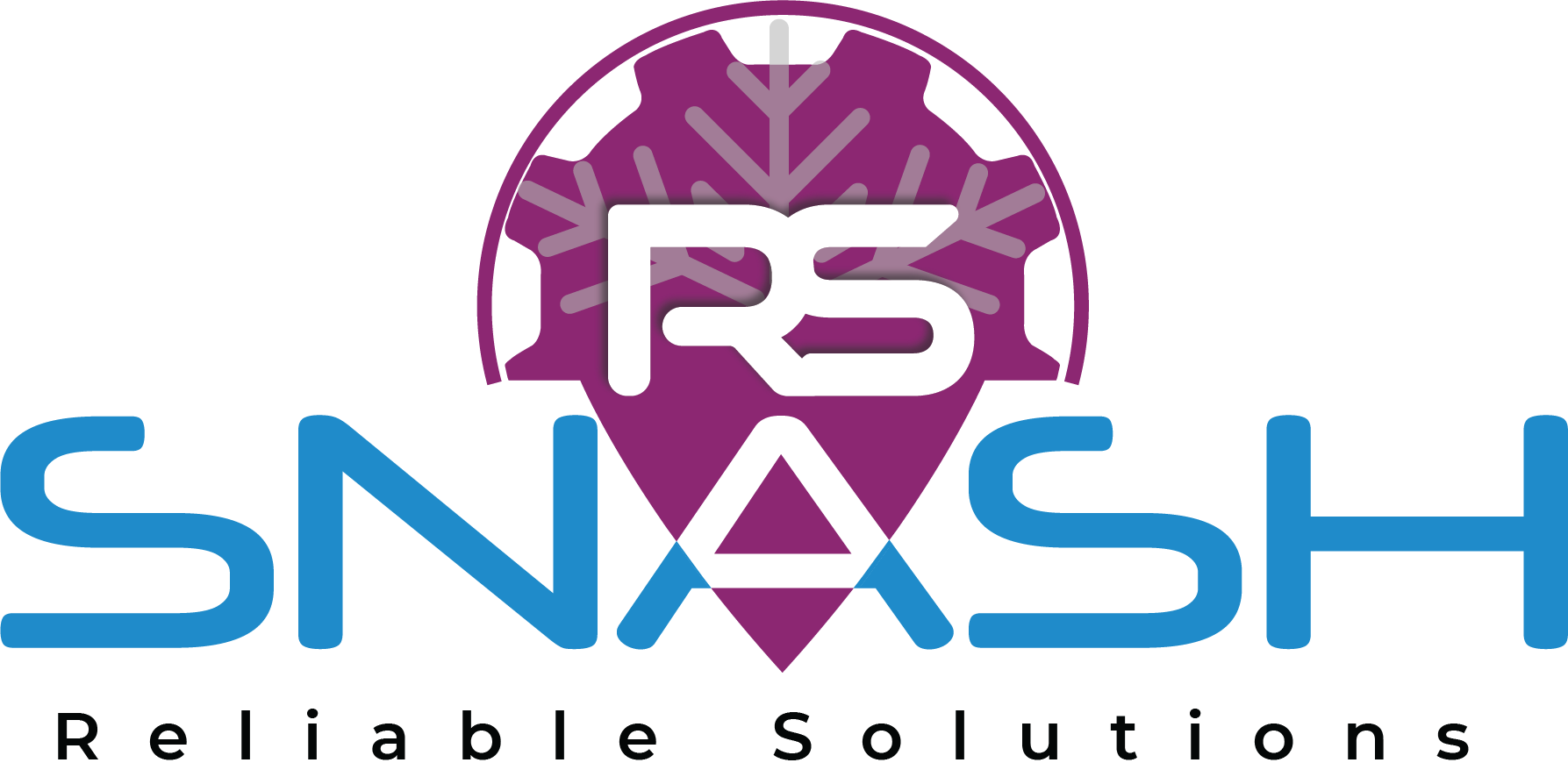To spot photo-encoding subject-specific activations, next first-height analyses had been conducted: the latest design manufactured regressors having option presses modeled while the adhere/delta properties, picture presentations (IAPS photo, scrambled images, primacy, and you will recency) modeled with an enthusiastic epoch/boxcar mode (duration: 2.5 s), and you can score scales modeled having a keen epoch/boxcar aim of varying stage (according to in the event the next key press took place). Serial correlations had been eliminated using a primary-order autoregressive design, and you may a top-citation filter (128 s) was utilized to get rid of low-regularity sounds. Half a dozen way variables was in fact along with registered as the nuisance covariates. The contrast guess “IAPS pictures-scrambled pictures” is computed per topic and you may used just like the enter in towards group-top attention–choices correlation research (the typical projected standardized beta overall trials). This evaluate output neural interest about image seeing and has activations inside the mind nations generally speaking doing work in profitable memory encoding 76 .
The brain–behavior correlation analyses investigated the relationship between individual contrasts (“IAPS pictures-scrambled figures” or “IAPS pictures later recalled-IAPS pictures later not recalled”) and free recall memory performance by means of linear models. The models included age, sex, and batch effects (two MR gradient changes, one MR software upgrade, and one of two rooms in which subjects completed the free recall task) as additional regressors. Whole-brain two-sided FWE correction for multiple comparisons was applied at a threshold of p < 0.05,>
Voxel-mainly based means: comparison of memorability-managed after that thoughts effects while the voxel-established mind–behavior correlations
Good attention–choices correlations are required to occur inside the memories-relevant regions, i.e., countries one to exhibit a robust memorability-corrected then memories perception. In order to quantify the potency of it dating, i compared the team-peak t-opinions of these two analyses along side entire mind. A beneficial linear model is actually given, along with voxels’ memorability-remedied subsequent recollections impression t-opinions given that predictor and notice–conclusion relationship t-opinions since the consequences varying. I then removed this new residuals of the linear model in order to graphically illustrate local deviations on the general whole-brain trend. And this, i acquired one to recurring value for every single voxel regarding the whole mind. Positive residuals portray places in which the head–conclusion correlation can be as good or more powerful than predict centered on new memorability-remedied next recollections feeling t-viewpoints, when you are bad residuals depict countries where mind–conclusion correlation are weaker than just predicted. The new involved notice photos represent the new residuals just in voxels having tall memorability-fixed after that recollections effects.
Network removal and validation in 2 subsamples: ICA
Playing with classification probabilistic spatial ICA 78 , we first decomposed attention passion throughout encryption on the sixty spatially separate components (IC). So it amount of ICs produced an optimum balance anywhere between dimensionality protection and you can death of guidance. ICA type in research contains the subjects’ research concatenated about big date measurement (60 anastasiadate dating site review,638 voxels ? 420-day products from n victims). Significantly, the fresh formula does not provide people facts about work however, as an alternative distinguishes signals on separate spatial provide you to definitely to each other define attention passion in the a simply analysis-determined styles.
New resulting spatial charts was basically thresholded playing with an option hypothesis try according to installing a mix design into the distribution from voxel intensities within spatial maps making use of the standard details ( 79 .
Network extraction was done for two subsamples independently, consisting of 590 and 580 subjects each (subsamples 1 and 2, respectively). Network extraction calculations were performed on sciCORE ( scientific computing center at the University of Basel, Switzerland, on a single node with 128 GB of RAM. Due to characteristics inherent to FLS’s MELODICS, the job was running on a single core. Based on these computational limitations, this analysis did not use the full sample size. This allowed us to validate the ple 1 and to proceed with replicable networks only. For each of both subsamples’ decompositions, we extracted all unthresholded IC’s voxel loadings and cross-correlated them with all IC’s voxel loadings of the other sample. ICs with |r|max ? 0.7 were regarded as replicable. ICs with |r|max ? 0.6 and |r|max < 0.7>max describes the maximum correlation value of an IC of subsample 1 with any IC of subsample 2, i.e., regardless of the number of matches passing the threshold. Corresponding figures were created in the R environment 80 (v. 4.1.2) with the library ggplot2 (v. 3.4.0) 81 .
